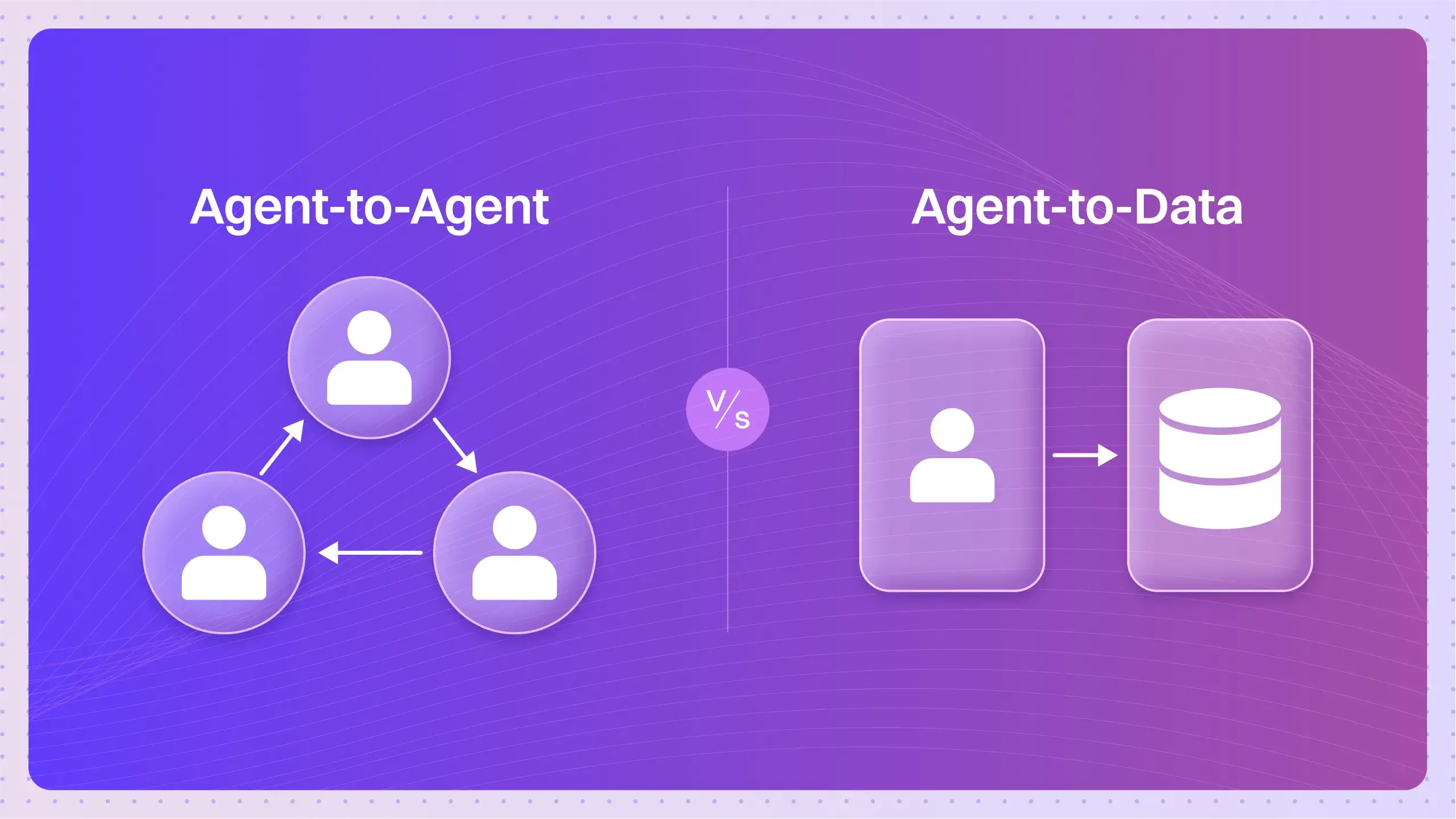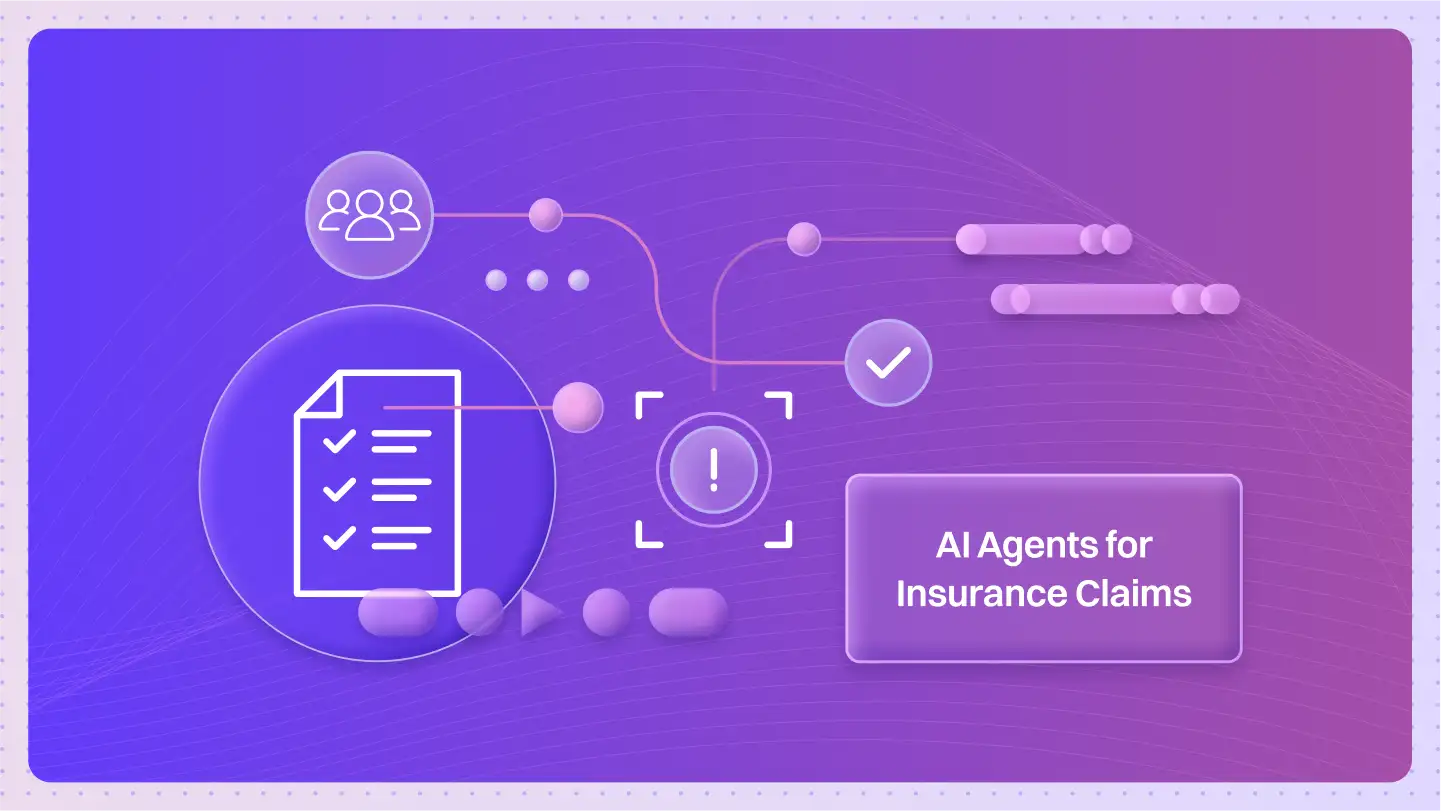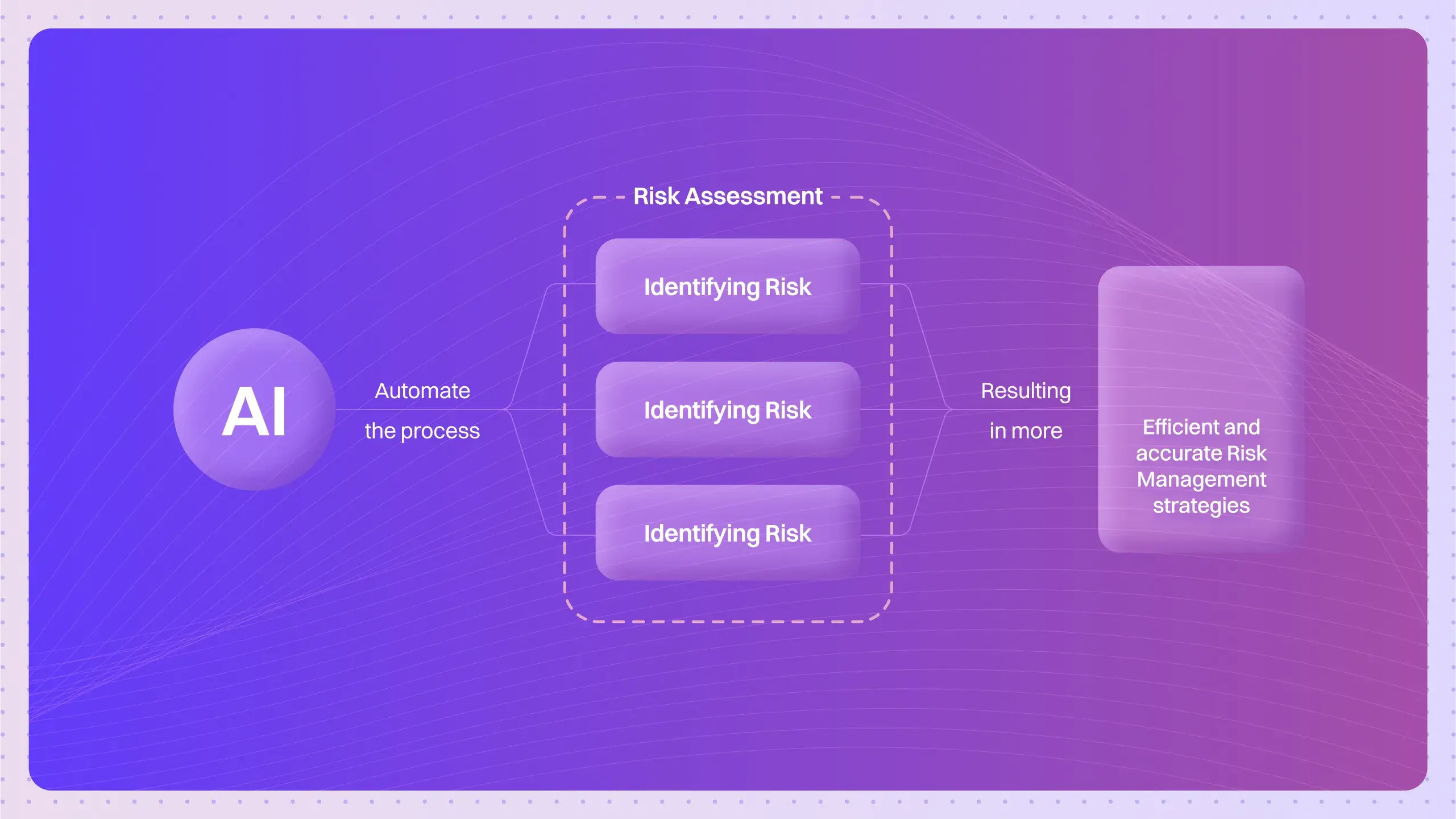What is CNN?
CNN, or Convolutional Neural Network, is a deep learning model designed for image recognition that utilizes convolutional layers to enhance performance.
How does the CNN operate in image recognition?
Convolutional Neural Networks (CNNs) are a class of deep learning models primarily used for processing structured grid data like images. They operate through a series of layers that transform input images into feature maps, which are then used for classification or other tasks. Here’s how they function:
- Convolutional Layer: The core of CNNs, where filters or kernels slide over the input image to detect patterns. Each filter learns to recognize specific features, such as edges or textures.
- Activation Function: After convolution, an activation function (commonly ReLU) is applied to introduce non-linearity, allowing the model to learn complex patterns.
- Pooling Layer: This layer reduces the spatial dimensions of the feature maps, retaining the most important information while decreasing computational load.
- Fully Connected Layer: After several convolutional and pooling layers, the output is flattened and passed through fully connected layers for final classification.
- Output Layer: The final layer produces the predictions, often using a softmax function for multi-class classification.
CNN architectures significantly impact performance, with deeper networks typically providing better accuracy due to their ability to learn hierarchical features.
Common uses and applications of CNN in real-world scenarios
Convolutional Neural Networks (CNNs) have revolutionized image recognition and processing in various industries. Here are some key applications:
- Image Classification: CNNs are widely used in applications ranging from facial recognition to identifying objects in photos.
- Medical Imaging: They assist in analyzing medical images, helping in disease diagnosis and treatment planning.
- Autonomous Vehicles: CNNs are crucial for real-time image processing, enabling self-driving cars to recognize obstacles and road signs.
- Augmented Reality: They enhance user experiences by recognizing and processing real-world environments in real-time.
- Video Analysis: CNNs are employed in security systems for surveillance and anomaly detection in video feeds.
- Natural Language Processing: They are also used in text classification and sentiment analysis, demonstrating versatility beyond visual tasks.
- Fashion and Retail: CNNs help in visual search and recommendation systems, improving customer experiences in e-commerce.
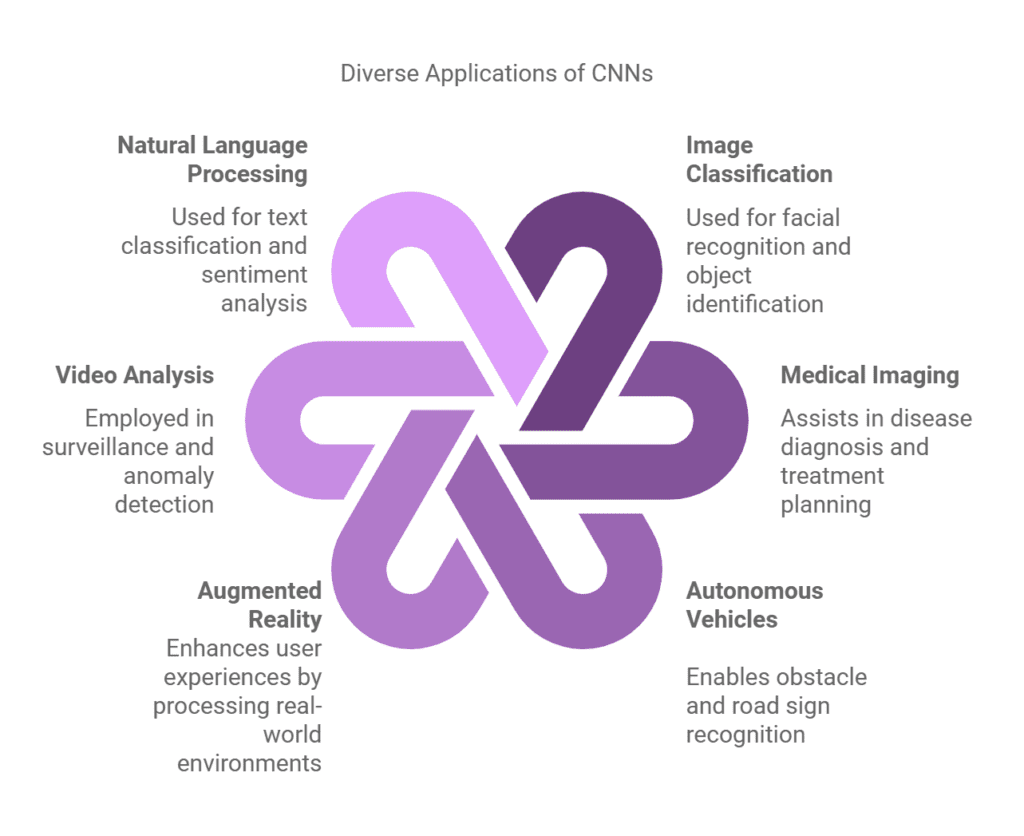
What are the advantages and benefits of CNNs?
Convolutional Neural Networks (CNNs) are pivotal in the field of image recognition and deep learning. Their unique architecture and ability to process data with grid-like topology make them invaluable for a variety of applications. Here are some key benefits of using CNNs:
- Enhanced Feature Extraction: CNNs automatically detect and learn features from images, reducing the need for manual feature engineering.
- Spatial Hierarchy: They capture spatial hierarchies in data, allowing for better understanding of image components.
- Parameter Sharing: Convolutional layers reduce the number of parameters, leading to faster training and lower memory usage.
- Robustness: CNNs are less sensitive to translations, distortions, and other variations in input images, improving generalization.
- Scalability: They can be scaled to handle larger datasets efficiently, making them suitable for big data applications.
- Versatility: CNNs can be applied across various domains, from medical imaging to autonomous vehicles, enhancing their industrial value.
By implementing CNNs, organizations can significantly improve their image recognition tasks and leverage deep learning for more accurate predictions.
Are there any drawbacks or limitations associated with CNN?
While CNN offers many benefits, it also has limitations such as:
- High computational cost, which can require significant hardware resources.
- Overfitting, especially with small datasets, leading to poor generalization.
- Lack of interpretability, making it difficult to understand decision-making processes.
These challenges can impact model deployment in real-world applications.
Can you provide real-life examples of CNN in action?
For example, CNN is used by Google in image search to accurately classify and retrieve images based on user queries. This demonstrates the model’s capability to learn spatial hierarchies and patterns, enabling precise image recognition.
How does CNN compare to similar concepts or technologies?
Compared to traditional neural networks, CNN differs in its use of convolutional layers that process data with grid-like topology. While traditional networks focus on fully connected layers, CNN is more effective for image data due to its ability to capture spatial hierarchies and reduce dimensionality.
What are the expected future trends for CNN?
In the future, CNN is expected to evolve by integrating more advanced architectures like Capsule Networks and attention mechanisms. These changes could lead to improvements in model performance, robustness, and better understanding of complex data patterns.
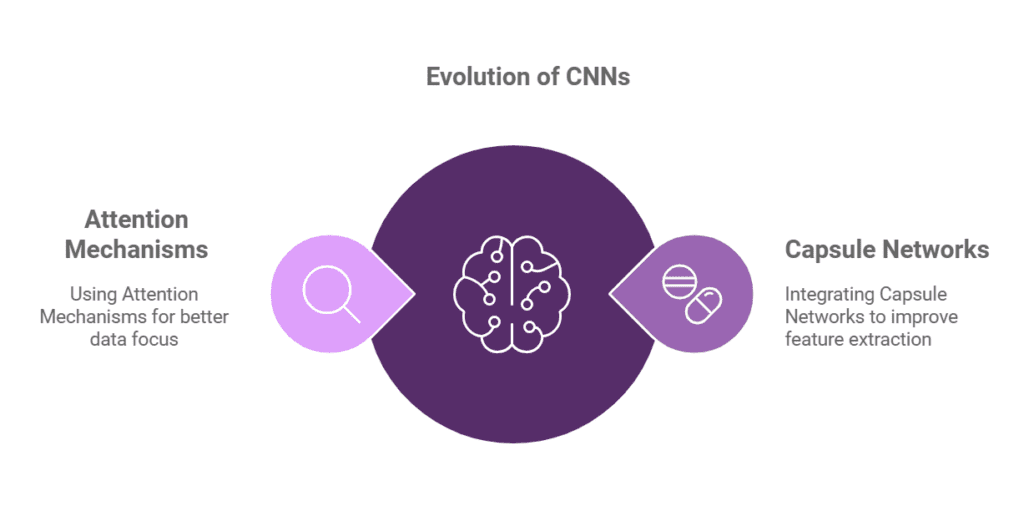
What are the best practices for using CNN effectively?
To use CNN effectively, it is recommended to:
- Use data augmentation techniques to prevent overfitting.
- Employ transfer learning with pre-trained models for faster convergence.
- Optimize hyperparameters through systematic tuning.
Following these guidelines ensures robust model performance and generalization.
Are there detailed case studies demonstrating the successful implementation of CNN?
One notable case study involves the implementation of CNN by Stanford University for identifying skin cancer. The model achieved an accuracy rate comparable to dermatologists, demonstrating significant improvements in early detection and diagnosis of skin lesions.
What related terms are important to understand along with CNN?
Related terms include Convolutional Layer and Pooling Layer, which are crucial for understanding CNN because they describe the fundamental operations that CNNs perform to extract features and reduce dimensionality in image data.
What are the step-by-step instructions for implementing CNN?
To implement CNN, follow these steps:
- Prepare your dataset and split it into training, validation, and test sets.
- Define the CNN architecture, specifying convolutional and pooling layers.
- Compile the model with an appropriate optimizer and loss function.
- Train the model on the training data while monitoring performance on the validation set.
- Evaluate the model on the test set to assess generalization.
These steps ensure a structured approach to building and assessing your CNN model.
Frequently Asked Questions
What is a CNN?
A Convolutional Neural Network (CNN) is a type of deep learning model designed for processing structured grid data like images.
- It uses convolutional layers to automatically learn spatial hierarchies of features.
- This makes it ideal for image recognition tasks.
How do CNNs differ from traditional neural networks?
CNNs utilize convolutional layers to process data, unlike traditional neural networks that use fully connected layers.
- This allows CNNs to capture spatial relationships in images.
- Improving performance on tasks like object detection.
What are the key components of a CNN architecture?
Key components include convolutional layers, pooling layers, and fully connected layers.
- Convolutional layers extract features from the input.
- Pooling layers reduce the dimensionality of the feature maps.
How do pooling layers work in CNNs?
Pooling layers downsample the feature maps produced by convolutional layers.
- They help reduce computational load.
- Retain essential features while discarding less important information.
What are the benefits of using convolutional layers in CNNs?
Convolutional layers allow CNNs to learn complex patterns in data.
- They automatically detect features without manual intervention.
- Leading to better model performance in image-related tasks.
How does the architecture of a CNN impact its performance?
The architecture, including the number and size of layers, can significantly influence model outcomes.
- A deeper network can learn more complex features.
- But may also require more data and computational resources.
What kinds of tasks are CNNs commonly used for?
CNNs are primarily used for image classification, object detection, and segmentation tasks.
- They are widely applied in fields like medical imaging.
- Autonomous driving, and facial recognition.





